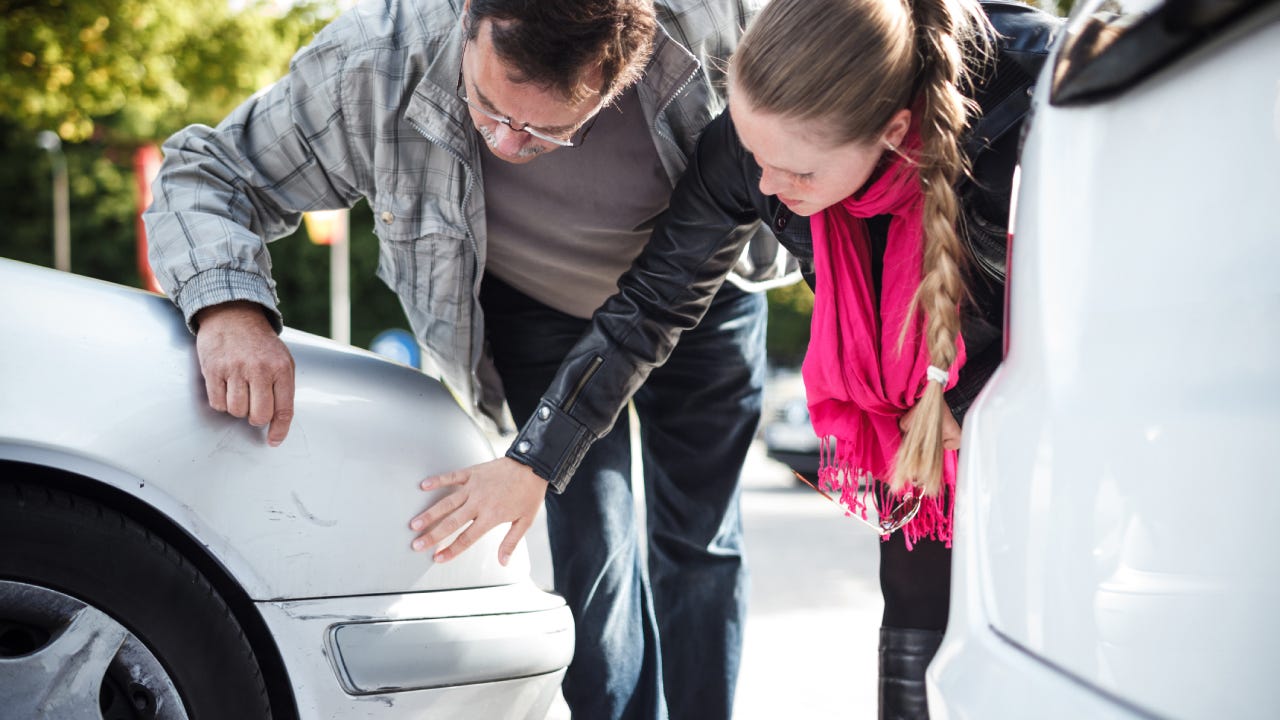About one-third of all automobile accidents are caused by rear-end collisions. Most of these collisions result from drivers following too closely one another. You can drastically reduce the chances of being in an accident by keeping a safe distance between you and your fellow drivers. A rear-ender is also known as rear-end accident. It is one of the most common types. These are often caused by a sudden stop and an unexpected collision with another vehicle. Due to the injury sustained in a rear-end collision, this type of accident is also known as a whiplash accident.
Moreover, Rear enders are usually caused by driver distraction or inattention. The rear driver is often at fault. Distractions like talking to passengers, fiddling with radios, or using cell phones can lead to problems. Rear-end collisions can be caused by driver distractions such as talking with passengers in the car, fiddling with the radio, and using cell phones. There are exceptions to this rule. The rear car driver cannot reasonably expect to avoid a collision if the forward driver causes a hazard or stops suddenly for no apparent reason.
Three- Seconds Rule For Safe Driving
The 3-second rule is recommended by most authorities for determining safe driving distances. The 3-second rule is used to determine safe driving distance. Watch your vehicle’s back as it passes stationary objects such as trees or road signs. You are following too closely if it takes you less than three seconds to pass the object. Keep in mind that road and weather conditions can dictate how much space you should allow between cars. Furthermore, Your reaction time will be the same in all weather conditions.

However, your traction could slip in bad weather and your tires may skid more on dirt roads. In rainy conditions or on roads that may be slightly icy, it is a good idea to allow six seconds between cars.
Significance of Driving Rules
According to studies, it takes an average driver 1.5 seconds to brake or steers away from a car that has suddenly stopped ahead. Your car moves at 60 mph, which is 88 feet per second. You will need 132 feet to stop if you react if you maintain a safe distance of 264 feet. You will not have enough room to brake or steer away if you tailgate and reduce that distance by half. However, You can reduce the chance of an accident by keeping a safe distance between you and the vehicle in front. This makes the roads safer. Give yourself enough time to react. In the event of an unexpected stop, you have two options: to steer away or to safely apply the brakes.
It is illegal to drive too close to someone, so it is important to keep your distance. Tailgating can be considered aggressive driving and will result in you being issued a warning or citation by a police officer. Think about this risk the next time you get behind the wheel in a hurry. Lastly, If you are rushing to get somewhere, it is not worth risking your life or the lives of others.





